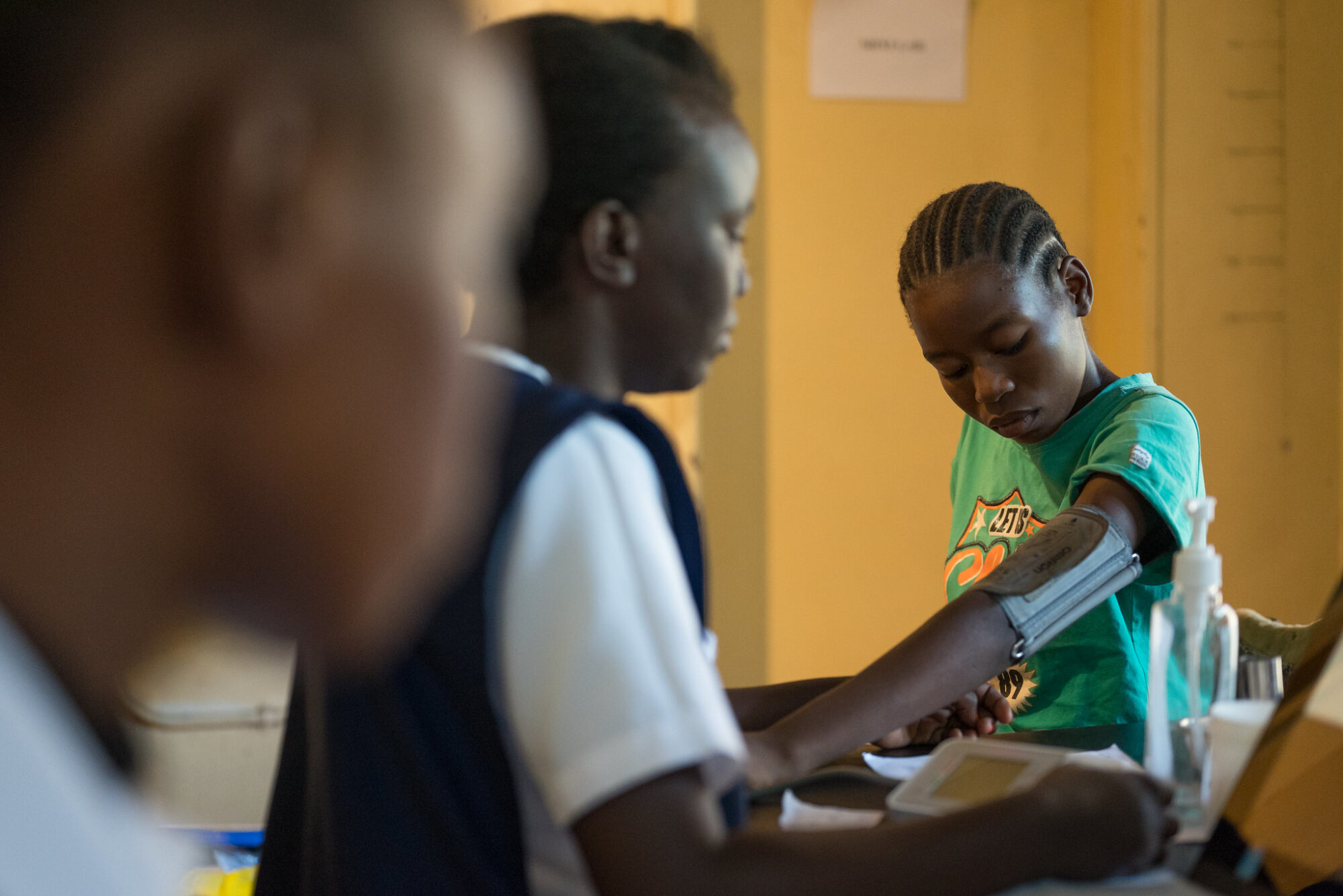Zambia
Zambia has a high HIV burden with an estimated 1.3 million adults and 60,000 children living with HIV.
Background
With a national prevalence of 11%, Zambia is on track to achieve the UNAIDS 95-95-95 targets, with 95% of people knowing their status, 94% on antiretroviral therapy (ART), and 92% of people on ART achieving viral suppression.
As part of its commitment to achieve epidemic control, Zambia has also made commendable progress in its VTP efforts. These interventions have helped avert approximately 9,500 new child infections.
However, Zambia continues to face critical gaps, particularly in the retesting of HIV-negative pregnant and breastfeeding women, expanding early infant diagnosis coverage, increasing paediatric ART access, and ensuring timely diagnosis and treatment in rural and hard-to-reach areas.
HIV coordination is led by the National HIV/AIDS/STI/TB Council (NAC), with the Ministry of Health overseeing service delivery and partners like PEPFAR and the Global Fund providing support. Community engagement is driven by networks such as the Network of Zambian People Living with HIV, NZP+, faith-based groups, and key population organizations. Monitoring and evaluation is coordinated by NAC and supported by national systems like DHIS2 and SmartCare, enabling routine data collection, reporting, and program review.
Progress toward elimination targets, 2024
| Elimination of vertical transmission | |
|---|---|
| Pregnant women who received ART for VTP (#) | 46,900 |
| Pregnant women needing ART for VTP (#) | 48,000 |
| Coverage of pregnant women who received ART for VTP (%) | 95 |
| Early infant diagnosis < 2 months of age (%) | 95 |
| New HIV infection among children (#) | 3000 |
| New HIV infections averted due to VTP interventions | 9,500 |
| Vertical transmission rate during pregnancy % | 1.9 |
| Vertical transmission rate during breastfeeding (%) | 4.2 |
| Number of HIV-exposed children who are uninfected | 650,000 |
| Source: UNAIDS country estimates, 2025 | |
HIVE Engagement
Zambia joined HIVE in August 2024. Using the HIVE Vertical Transmission Elimination Capability Maturity Model (VTE CMM) tool, Zambia conducted a self-assessment of its VTP program and identified key strengths such as enabling policies for HIV testing of pregnant and breastfeeding women, linkage to ART, and screening and treatment of syphilis in pregnant women. The CMM also highlighted improvements Zambia can make to its VTP program, particularly in community engagement, providing PrEP for pregnant and breastfeeding women, longitudinal monitoring of early infant diagnosis services, and monitoring evaluation systems for VTP.

Overview of Zambia’s 2024 VTP self-assessment results
Through engagement with HIVE, Zambia will benefit from technical cross-country learning and the co-creation of solutions to address persistent service delivery challenges. These strategies offer opportunities for cross-learning and sharing best practices for vertical transmission elimination.
For more information on CMMs, please visit the CQUIN website.
Service Disruptions and Landscaping Survey
During the stop-work order period in early 2025, Zambia experienced significant disruptions in VTP services. These disruptions affected both service delivery and monitoring systems, particularly the “SmartCare” electronic health records (EHR) platform. Partner staff withdrew laptops, and government health workers lacked both access credentials and the necessary skills to operate the system. This led to major challenges in data collection, entry, and analysis, undermining evidence-based decision-making. As a result, key services were severely impacted. PrEP initiation dropped by 25%, testing declined by 21%, and postnatal follow-up for infants under six weeks fell by 13%.
In response, Zambia revised its minimum package of care for HIV services to align with shifting funding realities and resource constraints. Zambia’s updated minimum package of care seeks to harmonize service delivery, strengthen government leadership, and promote sustainability through domestic resource alignment. Key services were retained while lower-priority activities were streamlined, following extensive stakeholder engagement, to support a resilient and cost-effective VTP package that advances long-term health system strengthening.
Alignment with the Global Alliance
Zambia is a committed member of the Global Alliance to End AIDS in Children by 2030 and launched its national action plan in August 2023. This plan is anchored in a primary health care approach, emphasizing promotive, preventive, curative, and rehabilitative services delivered close to families.
Zambia aims to increase the retesting rate for HIV-negative pregnant and breastfeeding women from 30% in 2024 to 50% by 2026. The country also plans to deploy 123 point-of-care diagnostic devices to rural health facilities to expand EID services, reduce turnaround times for test results, and increase pediatric ART coverage from 71% to 95% by the end of 2026. Zambia will place a strong focus on vulnerable and marginalized populations, especially adolescent girls and young women, who are disproportionately affected by HIV, syphilis, and hepatitis B. These interventions mark a strategic opportunity to close service gaps, strengthen health systems, and ensure no child is left behind in the fight to end vertical transmission.


